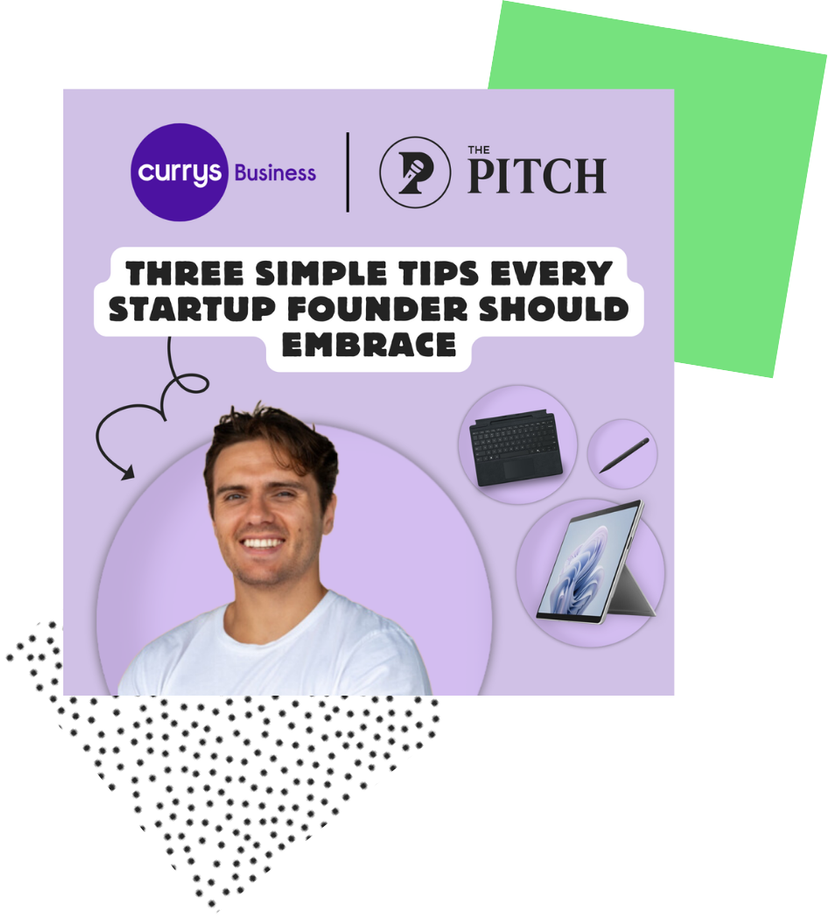Got an idea for an app or piece of software? There are lots of ways to approach getting it off the ground, but starting with a minimum viable product (MVP) is considered one of the safest and most pragmatic routes to take. Planning it takes some careful thought, though.
A minimum viable product is essentially the bare bones of your idea – the simplest version of your software that is usable and marketable. In short, you want maximum impact with users for minimal investment.
Creating an MVP is about putting an initial product out there that users can engage with. You should be able to gather data and feedback from this activity, and get an indication of how viable the idea is. That’s as opposed to spending untold amounts of money and time developing an app to your dream spec, only to have it fall flat on launch.
Putting a more basic product out initially significantly lowers the financial risk. You can learn how your target audience wants to use your product, then add extra features or functionality in further iterations.
With an MVP, you need to be prepared to strip out the more involved, complex elements of your product to help get it to market. That said, it’s tough to know where to stop: you don’t want a version that’s so basic it’s almost useless, or irritates users with its clunkiness.
It’s a difficult call, deciding what to include and what to shelve for the time being. Here are some considerations that should help you make those decisions.
Define the objective of your MVP
The first step in creating your MVP is defining its core purpose. What single problem is the product trying to solve? Try to get to the heart of what you’d like it to achieve.
Settling on this should begin to tell you what basic functionality it should have – in other words, what the non-negotiables are.
Once you’ve worked out exactly what your product’s mission is, think about what success would look like and how you’ll measure it. For example, if it was a booking platform, you could measure how many transactions it’s hosted or the combined value.
You need to be able to measure performance to know what to build on (or remove) for the next iteration.
Know your audience
Try and get inside the minds of your target audience. Think about how and why they would use this product, and which aspects are most important to them.
Lucy-Rose Walker has plenty of experience in helping startups get off the ground through incubator Entrepreneurial Spark. She explains that choosing the right people to talk to for market research makes all the difference when testing and validating your idea.
“You need to make sure that you speak to a wide array of different people who you think are within the persona,” she said.
“It’s important to ensure that they’re people you don’t know, so family and friends are out for this part of a conversation. It needs to be people who you don’t know, who you’ve never met before, so you’re just asking them their thoughts on something.”
Remember though, the whole point of producing an MVP is to avoid spending lots of time and money on big costly initiatives. Part of the reason you’re making this prototype is to collect the data and feedback you need to refine it, so avoid sinking too much cash into research.
Balance want vs need
Once you have an idea of what would resonate with your target audience, categorise those functions into wants and needs.
Wants are nice-to-haves – things that will secure your brand loyalty over time, help with reviews and ratings, and generally polish your user experience. These are generally things that can be left out of your MVP.
Those elements in the ‘need’ column, however, are going to be crucial. These are the things that the software or app just wouldn’t work without; things that would stop your product from fulfilling its purpose or deter people from using it.
You’ll have your own set of wants and needs as a founder, too. For instance, it’d be nice to fully automate parts of your product to save your team time, right? But you need to be ruthless in the early stages of your MVP if you want to stay on budget.
It’s a process that The Pitch 2021 finalists and YesRef founders Ben Williamson and Olly Rodriguez-Ballinger went through when launching the first iteration of their app.
“There was so much manual work involved in the MVP that we were doing it at silly o’clock in the morning,” Ben remembers. “Although it may have appeared really automatic on the website, it wasn’t in the back end – we were linking things up and sending out notifications ourselves.”
The upside is that manual processes like this can provide valuable insight into the way your users engage with your product.
“Being all manual, we learned so much about our users: what they wanted, what they didn’t want, how they were using the platform. And then there were people who were doing things that we didn’t even know they would do.”
“There was so much manual work involved in the MVP that we were doing it at silly o’clock in the morning. Although it may have appeared really automatic on the website, it wasn’t in the back end – we were linking things up and sending out notifications ourselves.”
Ben Williamson, co-founder of YesRef
Make sure your MVP stands out
To be successful in a crowded market, your app or software needs to have a point of difference to what’s already out there. Perhaps that’s solving a new problem that nothing else addresses yet, or maybe it’s taking an existing function and reimagining the process to simplify it for the user.
Take some time to thoroughly research similar offerings and brands to work out what makes your product unique. Why would people ultimately choose you over what’s already available?
It’s important to understand the functions that set your product apart and bring value to the user. But remember: we’re still focusing on the most basic level – not the bells and whistles.
Know when to launch
The point of launching an MVP is to save time and money on refining your product until you know it’s definitely viable and have a good idea of how people will use it.
So you don’t want to take too long working on this first iteration; the quicker you get it out there, the quicker you’ll be able to gather data and refine it.
That said, if you launch your product before you’ve nailed it, it’s going to be next to useless in telling you if there’s a market for it or how people will engage with it. So how do you get the balance right?
It’s a good idea to do some internal testing first. Use it yourself, imagining you’re coming to it with different motivations, knowledge and expectations each time. Ask your colleagues, family members or friends to scope it out, too.
This way, you can get a good idea of all the possible user journeys people might take. Above all, you can make sure the capability is there to solve that problem you identified right at the beginning.
Just remember to measure your MVP against that core need – the nice-to-haves will come next.




